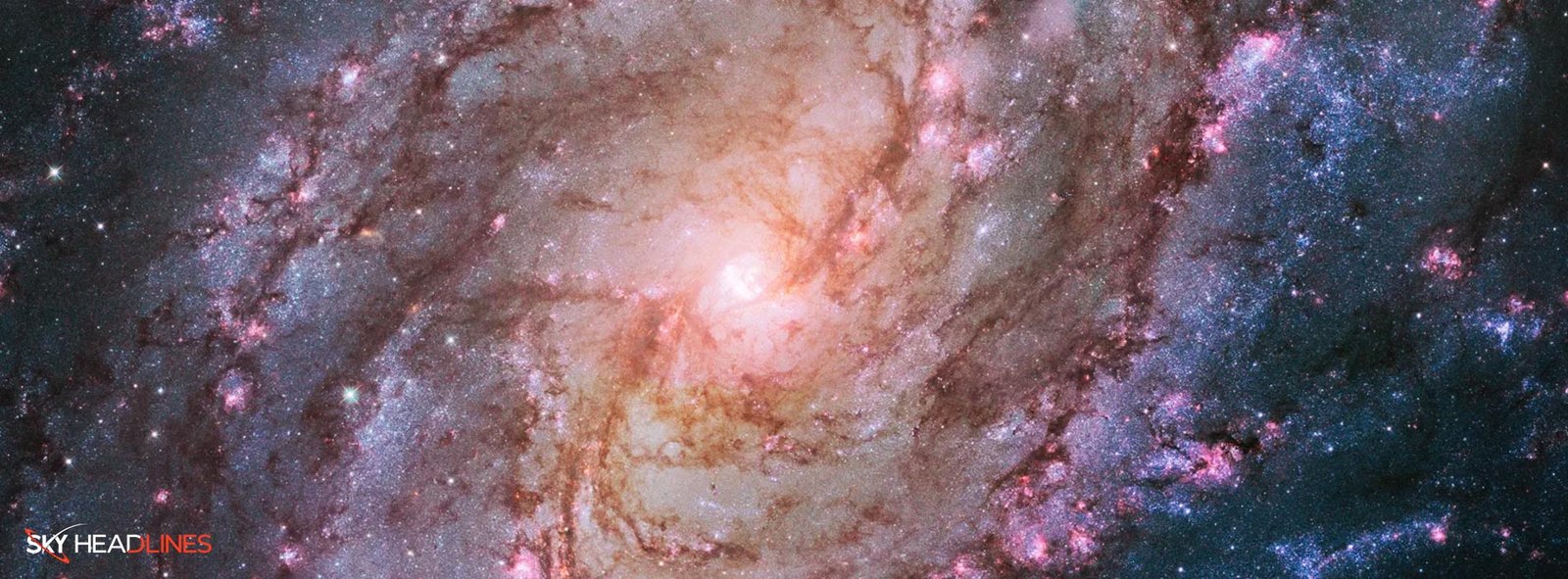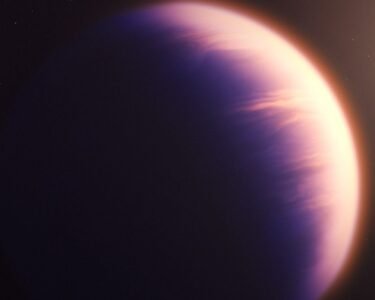Messier 83, also known as the Southern Pinwheel Galaxy, is a breathtaking spiral galaxy located in the southern constellation Hydra. Astronomers have been very interested in Messier 83 and have studied this galaxy since it was cataloged by the French astronomer Charles Messier in 1751–1752. This galaxy provides insights into the nature and history of spiral galaxies.
Who discovered Messier 83?
Messier 83 is one of the original discoveries of Charles Messier, a French astronomer known for his catalog of astronomical objects. He cataloged it on February 23, 1752, and it became the 83rd entry in his famous list, known as the Messier Catalog. Subsequently, numerous astronomers have scrutinized this galaxy using an array of telescopic instruments, including the renowned Hubble Space Telescope. These investigations have yielded a substantial trove of data regarding the galaxy’s configuration, makeup, and activities.
Physical Characteristics
Messier 83 is classified as a barred spiral galaxy, which means it has a central bar-shaped structure composed of stars. This bar is believed to have a notable impact on the galaxy’s dynamics, including the process of star formation. The galaxy’s diameter spans roughly 40,000 light-years, making it slightly smaller than our Milky Way. It is situated at a distance of about 15 million light-years from Earth, which, in the vast cosmic scale, is relatively close.
The galaxy’s spiral arms are prominent and well-defined, laced with lanes of dust and regions of intense star formation known as starburst regions. These arms are home to many young, hot, blue stars, which give the arms a bluish tint in color images. The core of Messier 83 is fascinating to astronomers because it exhibits a high rate of star formation and is also home to a supermassive black hole.

How Big is Messier 83?
As mentioned, the galaxy is about 40,000 light-years in diameter, which makes it slightly smaller than the Milky Way. The galaxy is notable for its strong star formation activity, containing numerous star clusters and vast regions of interstellar hydrogen.
What are some interesting facts about Messier 83?
- Type of Galaxy: It’s a barred spiral galaxy, a common type in the universe, characterized by a central bar and spiral arms.
- Star Formation: The galaxy is known for its intense starburst regions, especially in the core and along the spiral arms.
- Supernovae Occurrences: It has been the site of multiple supernova explosions, providing insights into stellar life cycles.
- Coloration: The young, hot, blue stars in the spiral arms give the galaxy a bluish tint in images.
Does Messier 83 have a black hole?
Yes, at the core of Messier 83 lies a supermassive black hole. It’s smaller than the one in the Milky Way but massive by cosmic standards. Its presence is of great interest as it provides clues about the relationship between black holes and galaxy evolution.
Star Formation and Supernovae
Messier 83 is a hotspot for star formation, particularly in its central region and along its spiral arms. In the past few decades, our galaxy has witnessed numerous supernova explosions, such as SN 1923A, SN 1945B, SN 1950B, SN 1957D, SN 1968L, and SN 1983N. These celestial events have contributed crucial data for gaining insights into the life cycle of stars and the progression of galaxies.
How many stars does Messier 83 have?
Scientists estimate that Messier 83 boasts a staggering number of stars – around 40 billion! This astonishing number exceeds the count of stars in our very own Milky Way galaxy by more than fourfold! The process leading to this astounding figure is as follows:
- Mass Measurement: Astronomers have determined that Messier 83 boasts a mass of approximately 10 billion times that of our Sun.
- Estimating Average Stellar Mass: By assuming an average stellar mass of 0.5 times that of our Sun, they can calculate the total number of stars within the galaxy by dividing its mass by the typical mass of an individual star.
The Supermassive Black Hole
The colossal black hole residing in Messier 83, referred to as M83* or M83 A*, is approximated to possess a mass roughly 40 million times greater than that of our Sun. This estimation derives from observations of the movement of stars and gas in the vicinity of the galactic center, disclosing the existence of a profoundly massive and gravitationally influential entity.
The supermassive black hole at Messier 83’s center is a focal point of research. It plays a significant role in the high rate of star formation observed in the galaxy’s core. Studying this black hole helps astronomers understand how they influence their host galaxies.
Exploration and Research
Messier 83 has been extensively studied across various wavelengths, from radio and infrared to optical and x-ray. Observations have revealed a complex structure with a mix of young and old star populations. The galaxy also serves as an excellent laboratory for studying the star formation processes and spiral galaxies’ dynamics.

Significance in Astronomy
Messier 83 is particularly significant for a few reasons. Its proximity to Earth makes it an ideal candidate for detailed study. Its characteristics as a barred spiral galaxy provide insights into such galaxies’ formation and evolution, which are among the most common types of galaxies in the universe. Additionally, the frequent supernovae in Messier 83 offer unique opportunities to study these explosive events.
Challenges and Future Observations
Studying Messier 83 continues to present challenges. Its location in the southern sky means it is best observed from the Southern Hemisphere, limiting access for many northern observatories. Anticipated future observations, especially using advanced telescopes such as the James Webb Space Telescope, are poised to offer even more intricate perspectives of this captivating galaxy. These observations will help unveil the enigmas surrounding the formation and evolution of galaxies.
Conclusion
Messier 83 stands as a testament to the beauty and complexity of the universe. Messier 83 offers a valuable glimpse into the inner workings of spiral galaxies, the intricate processes of star birth and demise, and the pivotal role played by supermassive black holes at the heart of galaxies. As technology progresses and our observational capabilities in the cosmos expand, Messier 83 will certainly remain a focal point of research for astronomers striving to unravel our cosmic context.





